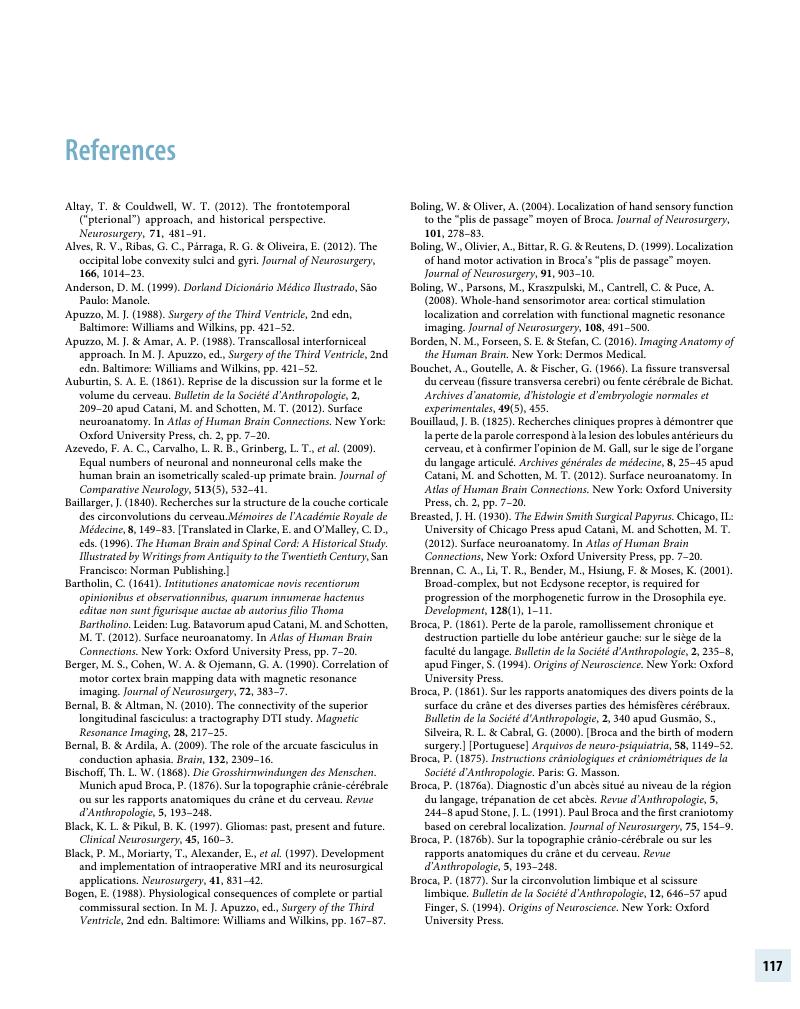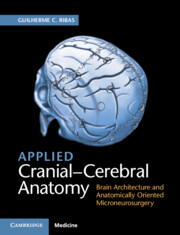Book contents
References
Published online by Cambridge University Press: 19 February 2018
Summary

- Type
- Chapter
- Information
- Applied Cranial-Cerebral AnatomyBrain Architecture and Anatomically Oriented Microneurosurgery, pp. 117 - 126Publisher: Cambridge University PressPrint publication year: 2018

